We all have people, places, situations that trigger us. And we’re dealing with lots of…
Centering Prayer and the Brain Science of Freedom from Worry
This particular episode belongs to the breath prayer section of the Presence Project. It’s my real-time learning, the thread I’m holding onto right now. I write to learn, to grow. I write as spiritual practice. This episode is what I’m exploring in my spiritual life right now, the practice of centering prayer.
Two weeks ago I was at a retreat with Dr. Curt Thompson of Anatomy of a Soul at The Hermitage in Three Rivers Michigan. Besides the sessions with Dr. Thompson, it was a silent retreat with lots of time for listening to where God was at work. There was a small stone chapel with a fireplace and adirondack chairs for sitting. And a library full of contemplative voices. And at The Hermitage I rediscovered the gift of Centering Prayer for the soul and the brain.
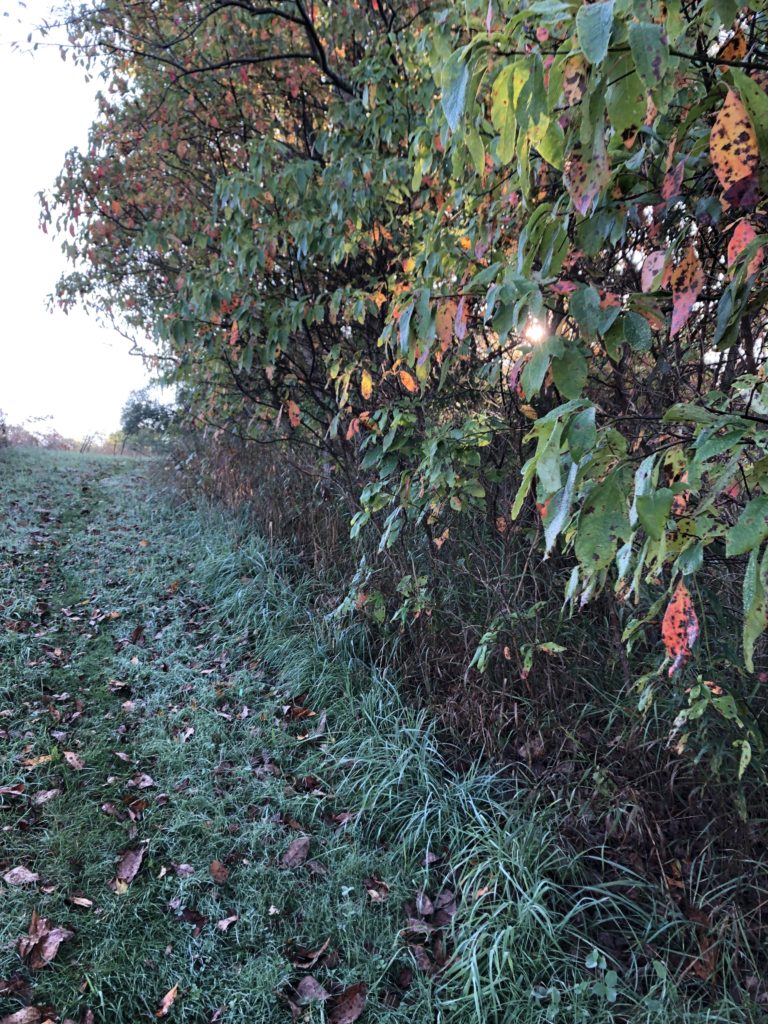
The Hermitage, Three Rivers has acres of mown paths
……………………………………
I was a late swimmer.
Fear kept me on the edges of the shore, jumping waves. As a toddler I had slid into a pool, and I would have drowned on the bottom except for a neighbor who saw me and dove in. I can still remember watching the light on the edge of the surface shifting with the water’s movement and then someone diving through that light, pulling me up. It happened twice. I found I was more comfortable on land.
I finally desired to learn around 8 or 9 and Grandpa Myers taught me to float at Pleasant Hill lake south of Mansfield, OH. He had been a swimming instructor in the Navy on the island of Guam just after the Korean War. When my dad was only two and a half, Nona said grandpa threw dad into the deep end fully believing swimming was an instinct. Thankfully instinct did kick in and he was jumping off the diving board not long afterwards. She mentioned the story as an accusation. He would mention it with pride.
Grandpa was a large man with red hair and an ornery side as large as his girth, but fortunately for me, when he was teaching his grandchildren to swim, he took a much gentler approach. We waded into the beach at Pleasant Hill Lake, the same lake where he took us on rides in his yellow power boat. He’d pull the throttle and slam the hull of the boat on the waves until Nona yelled, “Dan!” and threaten to twist his ear until he slowed down.
The swimming section of the lake was portioned off with long white bouys painted orange. Sand had been trucked in.
First, Grandpa taught me to trust the balloons of air that are my lungs, fill them up, and experience myself beginning to float to the surface naturally. Then he taught me to fill up those lungs and rest my back on his large hands, his elbows held at 90 degrees. I looked up at the sky. The water over my ears made the earth go quiet. My body stayed bouyed on the gentle waves. He removed one hand. Again, I took a deep breath and my toes poked out of the water. He removed another hand. Look, you’re doing it. You’re swimming. His blue eyes twinkled. My body rested, moving up and down with the waves.
I was astounded. The key to learning to float was trusting the hands underneath you. First I had to trust the hands, then fill the lungs, then let go. It was a practice. Not just once but many times that summer. Whenever doggy-paddling proved too big an effort, I could roll over, fill my lungs, let go, and float.
This has proved a much bigger effort in my thought life. Out of sight is not necessarily out of mind as you know. We turn it over and worry it and let fear drag us under. We think that by holding a thought tight we can control it when really it is controlling us.
Here was my question: Is there a spiritual practice which would teach me to let go of these compulsive thoughts and lay them into the hands of God?
I found two teachers in the library at The Hermitage, Fr. Thomas Keating and Cynthia Bourgeault and re-discovered the powerful gift of Centering Prayer.
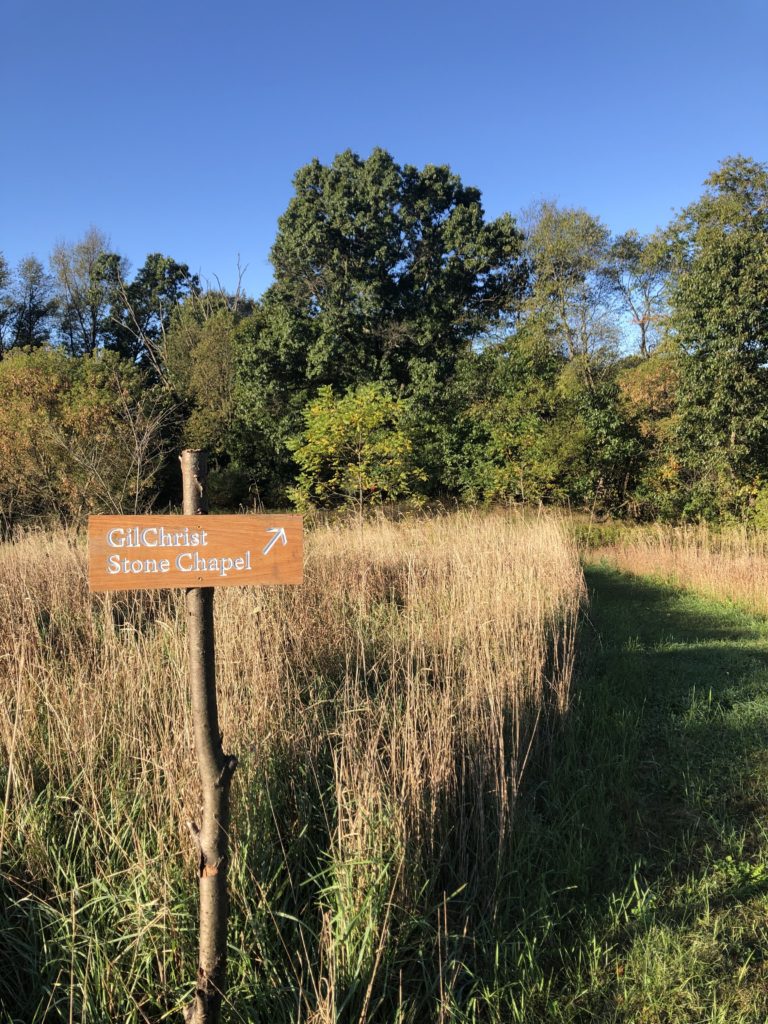
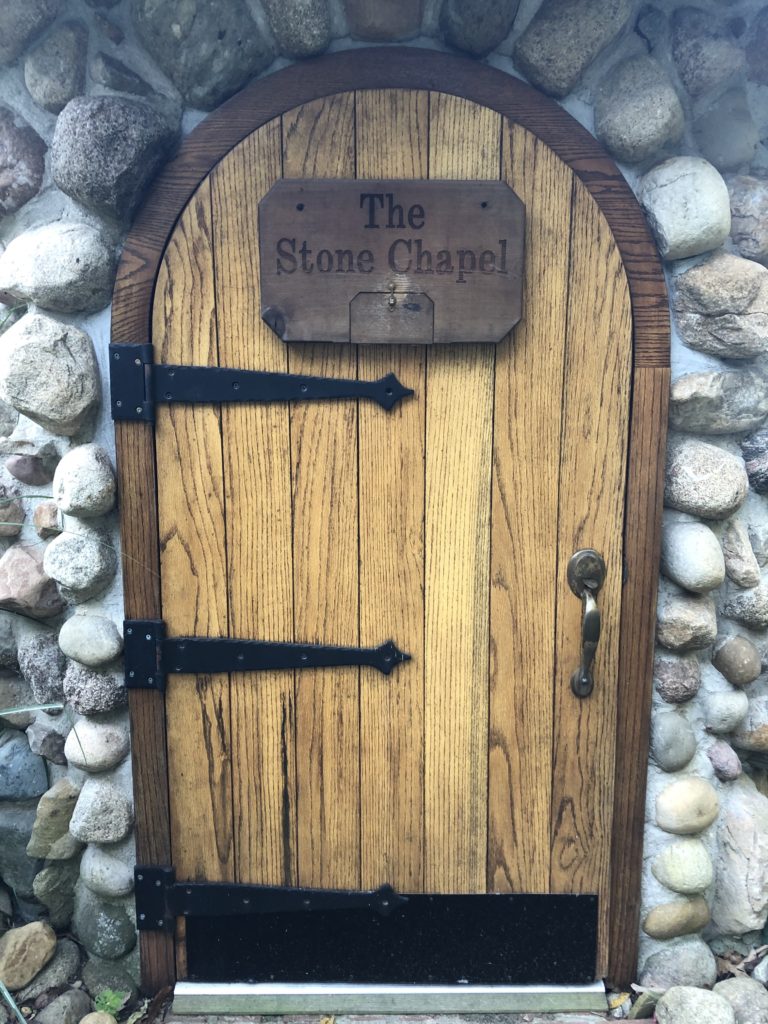
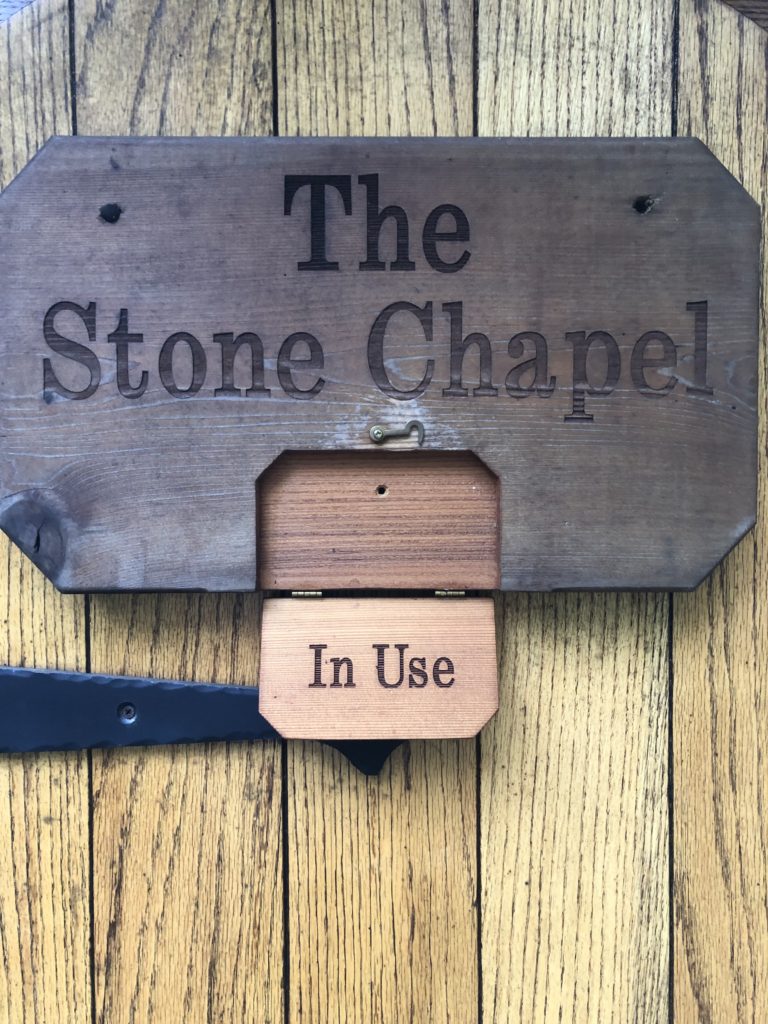
I walked down a path from the retreat house and opened the door to Gilchrist Chapel, a small stone room that looked like a hobbit house with a fireplace and a few adirondack chairs. After rolling newspaper up tight and setting kindling up in the shape of a teepee like a good girl scout, the fire caught, crackling.
But sometimes silence is not quiet. Sometimes silence exposes the disquiet.
That afternoon I journaled through situations which were crowding into my already too busy brain. In the silence, I could no longer hold back the bevy of emotions.
I was living out this scripture from 2 Samuel 22:
17 He reached down from on high and took hold of me; He drew me out of deep waters. 18He rescued me from my powerful enemy, from my foes, for they were too mighty for me.
My greatest internal enemy has always been unhealthy ruminating. Shame cycles. Fear. Worry.
Deep waters I could drown in.
What do they all have in common? A mind struggling to rest in God.
He reached down from on high and took hold. Ever since I took a simple, black and white coloring page of the hands of God and began placing concerns into His hands, praying with color, I found the word “Held” had special meaning. (Find a similar coloring page here.)
Because being held enables me to open my hands.
And this is why this practice can be so transforming. Many of us with anxiety and depression struggle with the stranglehold of compulsive thoughts. And again, this is the question, are the thoughts holding us or are we holding tight onto the thoughts?
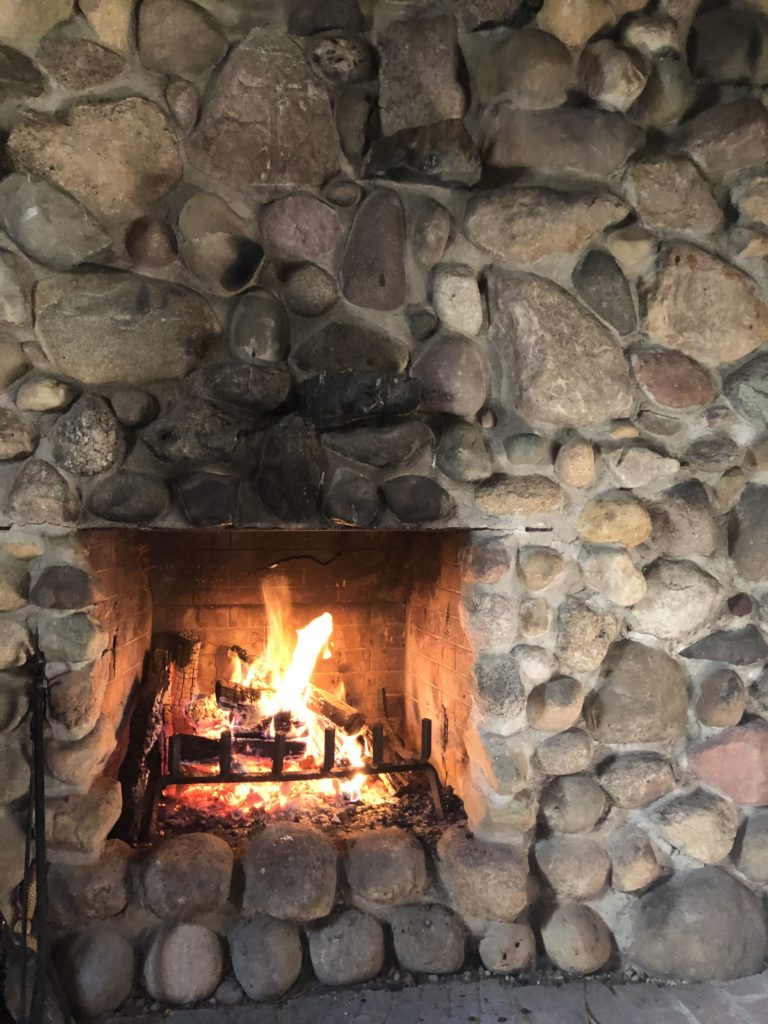
We’re not alone. Even David struggled with compulsive thoughts:
Psalm 13:2 How long must I wrestle with my thoughts and day after day have sorrow in my heart? How long will my enemy triumph over me?
And in Psalm 6:
My soul is in deep anguish.
How long, Lord, how long?
Turn, Lord, and deliver me;
save me because of your unfailing love.
I am worn out from my groaning.
All night long I flood my bed with weeping
and drench my couch with tears.
David didn’t stuff or his emotions. He was not a stoic. I’m pretty sure Jews do not believe in the values of stoicism. Nor did he pretend. His emotions flooded out in a prayer-filled poetry. Joy and lament. Repentance and shame. And in being so vulnerable on the page He gives space for the full spectrum of our journey.
His prayers throughout the Psalms give us permission to face the range of our own humanity and bring it to God. We see the Weight of glory, where we are fearfully and wonderfully made as well as where death is still at work.
Yet, he understood that becoming still was not just grace, it was practice. He was accepting the gift of peace already created.
Psalm 131:2
2Surely I have stilled and quieted my soul; like a weaned child with his mother, like a weaned child is my soul within me.
Centering prayer is the simple practice of holding onto a prayer word while sitting in the presence of God. It’s the equivalent of practicing being held by God. It’s rest.
We are practicing the truth that in this present moment we are safe in the Presence of God. It’s the physical manifestation of Jesus’ cry on the cross: “Into Your hands I commend my spirit.”
We are practicing giving ourselves into God’s hands over and over. And as Jesus said, “no one can snatch them out of my hand.”

After reading Part 1 of Cynthia Bourgeault’s book, The Heart of Centering Prayer and Nondual Spirituality from The Hermitage library, she introduced me to Centering Prayer in a way I could understand. (For theologians, a small disclaimer: I only read Part 1 and can only corroborate the theology I read within that first section. I especially appreciated her treatment of Christ’s kenosis as a way to understand the self-emptying of Centering Prayer.)
One of the most important keys to the practice is found inside this interchange with a beginner and Fr. Keating written down by Rev. Bourgeault:
“In one of the very earliest training workshops led by Father Thomas Keating himself, a nun tried out her first twenty-minute taste of Centering Prayer and then lamented, ‘Oh Father Thomas, I’m such a failure at this prayer. In twenty minutes I’ve had ten thousand thoughts!”
“How lovely,” responded Keating, without missing a beat. “Ten thousand opportunities to return to God.”
And with that small story Father Keating illustrates the magic of Centering Prayer, the practice of returning to God. Letting go and returning.
Again from Cynthia’s book: “Thoughts are not an obstacle to Centering Prayer, they are an opportunity to exercise and build a muscle of letting go. If you catch yourself thinking, you gently let the thought go and come back to your sacred word.
Centering Prayer is a spiritual trust exercise. It’s a falling backwards into the arms of God. We settle into the hands of God and let go of obsessive thoughts.
- Choose a sacred word as the symbol of our willingness to consent to God’s presence and action within. It could be a name for God such as Abba, Yahweh, or Jesus. Or a posture word and this concept was new for me. The words, WITH, Open, Listen are all posture words. And so is the word Held, the word which brought all of this together for me.
- Sit comfortably, repeating the sacred word, and breathing deeply.
- When thoughts come, we don’t get frustrated, we just let them go and return gently to the sacred word. Again we are practicing: “10,000 opportunities to return to God.”
- At the end of the prayer period, remain in silence thanking God for His Presence.
Through Centering Prayer are building the muscle to “take every thought captive” not by beating it into submission, but by gently letting it go, giving it to God, letting it lay in His hand.
Cynthia used this classic metaphor of what to do with thoughts moving through our mind. We’re invited to imagine ourselves as a scuba diver on the rock at the bottom of the riverbed. From our view, we see the boat hulls passing overhead, but we allow them to keep going, not grasping the temptation to get interested in a particular boat, swimming to the surface, and climbing on board. We allow the thought to keep going and return to our posture in God.
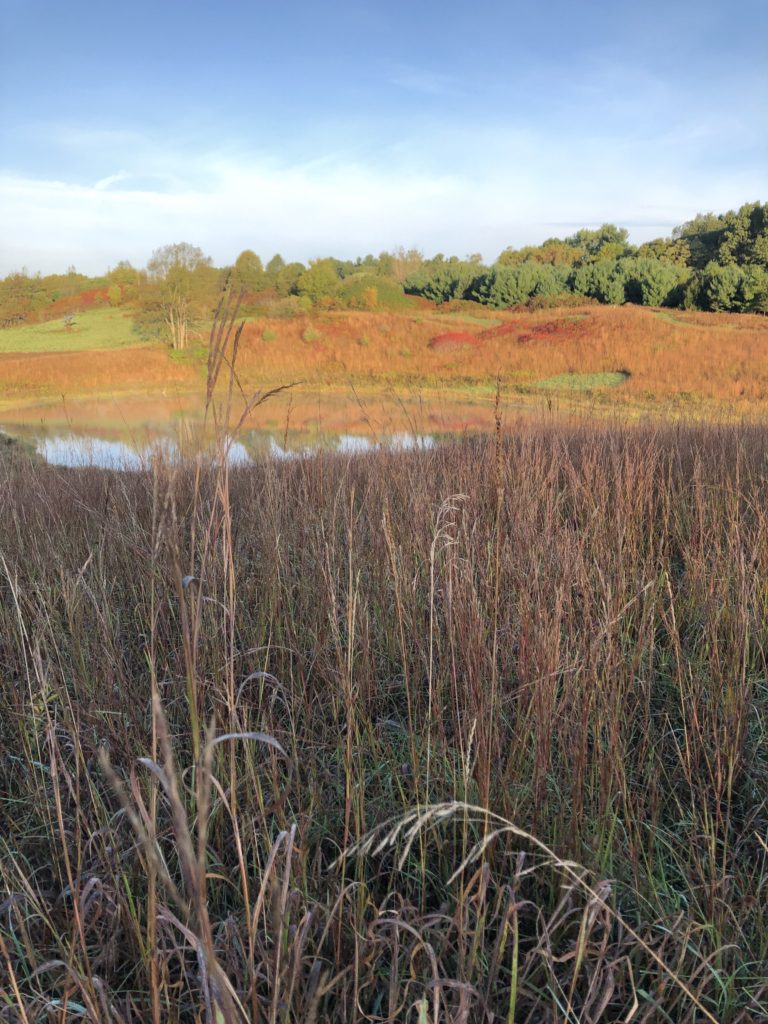
Here’s the brain science, also from Cynthia Bourgeault’s The Heart of Centering Prayer:
“From fMRI data collected primarily by the California-based HeartMath Institute, you can now verify chapter and verse that how you respond to a stimulus in the outer world determines which neural pathways will be activated in your brain, and between your brain and your heart. If you respond with initial negativity (which translates physiologically as constriction)–freezing, bracing, clinging, clenching, and so on– the pathway illumined leads to your amygdala (or ‘reptilian brain,’ as it’s familiarly known): that most primitive part of your hindbrain, which controls a repertory of highly energized fight or flight responses. If you can relax INTO a stimulus–opening, softening, yielding, releasing–the neural pathway leads through the more evolutionarily advanced parts of your forebrain (the prefrontal cortex where compassion, higher logic, relationship, gratitude, and integration between right and left brain are found) surprisingly, brings brain and heart rhythms into entrainment.
So when I talked about exercising that “muscle” of letting go, you can see now I wasn’t simply using a metaphor. Every time we manage to let go of a thought in Centering Prayer, ‘consenting to the presence and action of God within,’ the gesture is actually physically embodied.
It’s not just an attitude; something actually ‘drops and releases’ in the solar plexus region of your body, a subtle but distinct form of interior relaxation. Your nerves and muscles are doing the same thing on a miniature scale when you practiced that ‘gentle release motion.’ And gradually this inner aerobics undertaken under the banner of Centering Prayer will gradually establish the mind of Christ within you.”
The beauty of centering prayer is that as the practice becomes a normal neural circuit for our brains, even in the hours between our practice, we gain more discernment. We begin evaluating the hulls of the boats above. We choose which boats to board, and when we’ve stayed too long. Our brains literally remember how to let go of a thought, how to release the control of compulsive thoughts, and when to come back to our word. Eventually, just speaking our word brings us back to the Presence of God along with a beautiful little release into the parasympathetic nervous system.
Just like Grandpa taught me. We trust the hands that hold us, we breathe deeply, and we learn to let go.
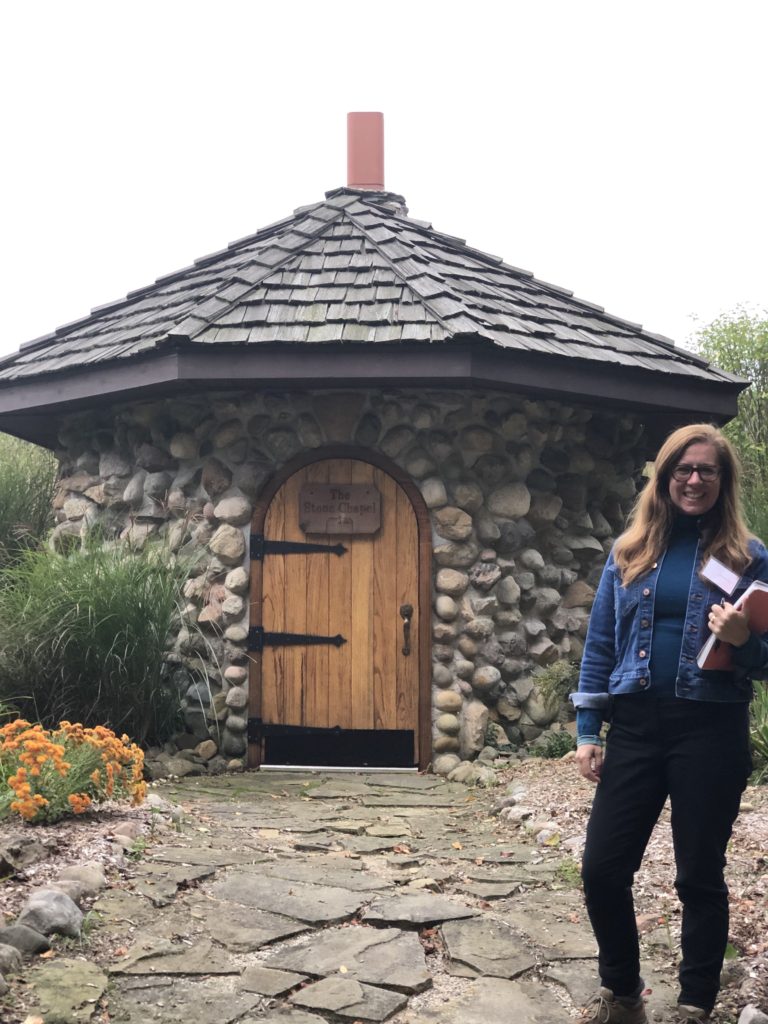
God of the Universe, Father, Son and Holy Spirit. You hold each star and calls them each by name.
Yet nothing is too heavy or too small for You to hold.
No one is out of Your reach. There are no lost causes.
You know how to hold us when we’re coming apart.
& No situation is too messy, too bulky, too awkward, or too emotionally jarring for You to carry.
You know the interweaving of each season and each stage of our story.
You were there holding us at the beginning. You will be there holding us at the end.